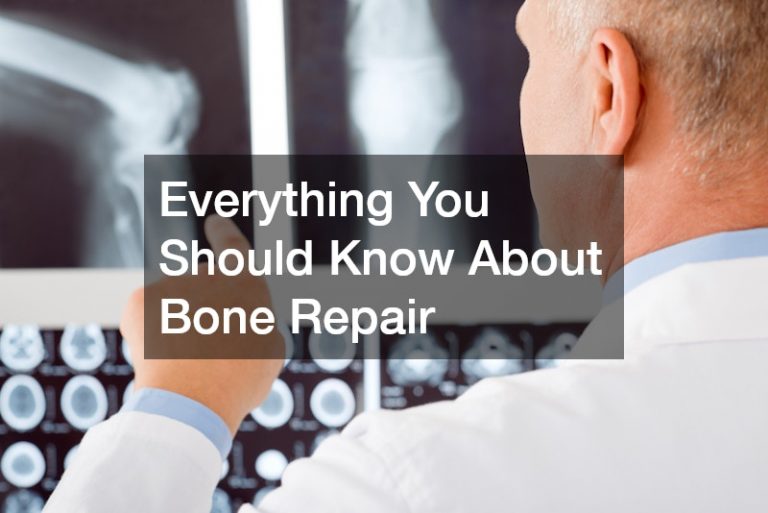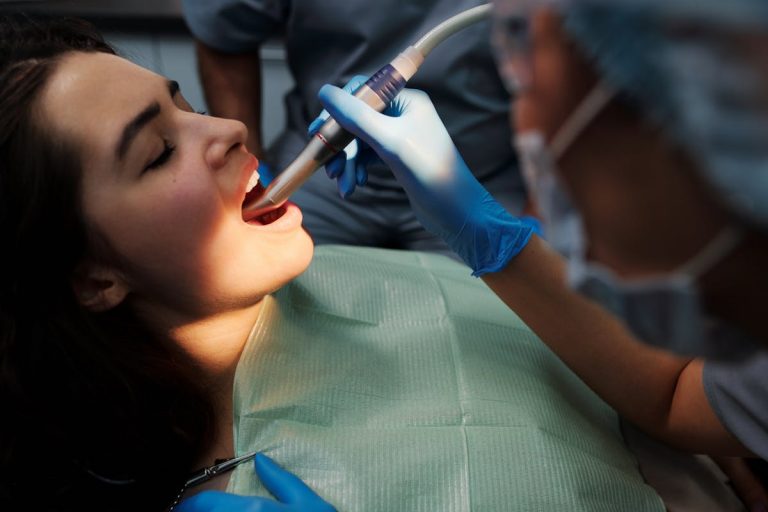You may have heard of the term ‘malocclusion’ in the world of dentistry. But when you hear this word, what comes to mind? It may probably conjure an image of damaged teeth or a grave oral problem.
Albeit the term sounds horrific, malocclusion refers to the misalignment of your teeth and bite. However, dentists suggest you must not take this for granted. Why? It affects your facial aesthetics, oral functions (like eating and speaking), and even your overall oral health.
There are different types of malocclusion that children and adults are confronted with. The good news is that there are various orthodontic treatments these individuals can get to address their oral problems. Keep on reading to learn more.
Common Types of Malocclusion
Let’s first take a look at some common types of orthodontic problems one can possibly have. Take note of the following:
- Crowded teeth or spacing issues: Know that adults have 32 teeth. However, individuals may have orthodontic problems that can either be overcrowding or spacing issues. Overcrowding is common due to the lack of oral space, leaving teeth crooked and overlapped. On the other hand, spacing can occur between two or more teeth due to missing teeth, small teeth, or even thumb sucking.
- Bite issues: There are different bite issues some individuals may have. For one, you can have a crossbite, where your upper teeth bite inside your lower teeth. Also, you can have an overbite, where an extreme overlap causes your front teeth to bite down onto your gums. Another bite issue is an open bite where your back teeth bite together, but your front ones don’t. The last type is underbite which is less common, but the lower jaw outgrows the upper jaw.
- Buck Teeth: This orthodontic problem is also called ‘rabbit teeth.” Either your upper jaw grows too much, or your lower jaw does not develop enough. As a result, you end up with protruded teeth that make you look like a rabbit. Hence, the name.

- Impacted tooth: This happens when your tooth is unable to erupt through your gum. It stays embedded in your gum which can be sometimes painful and cause teeth misalignment. Hence, you can have this tooth exposed or removed it altogether.
- Missing tooth: Also known as hypodontia, this happens when your tooth doesn’t develop at all or when it gets into a dental trauma. You were probably playing sports, where your tooth got accidentally knocked down. Also, you probably had severe tooth decay and had this one tooth extracted. If you have several missing teeth, they can lead to spacing issues or teeth misalignment.
Orthodontic Treatments to Get
Now that we’ve learned the different types of malocclusions, let’s delve into what orthodontic treatments to get. Consider the following:
- Braces: The installation of braces is the most common form of dental treatment. The traditional method is the use of metal braces applied for teeth alignment. Also, you can have lingual braces where they are applied on the inner side of your teeth. Lastly, you can get self-litigating braces as they are the most advanced using functional brackets and wire systems.
- Aligners: Clear aligners are usually made of clear, thin, plastic-like trays formed and designed to fit an individual’s teeth. It’s best to work with an Invisalign specialist who can develop your series of Invisalign to move and align your teeth over time. Take note that you’ll be wearing each aligner for two to three weeks until your teeth become properly aligned.
- Archwires: Archwires are installed by way of fitting wires into the slots in brackets. During the early stage of your orthodontic treatment, you’ll have round archwires applied. But you’ll have rectangular archwires installed during the latter part of your dental treatment.
- Elastics: Elastics are tiny rubber bands used to enable the extra force to your teeth for proper alignment. However, they need small hooks on the upper and lower brackets for attachment. They work best for teeth alignment better than braces.
- Retainers: Retainers are typically used after orthodontic treatment. They can either be removable or fixed. Their purpose is to secure your teeth, surrounding gums, and bones in place. In fact, orthodontists suggest you see them and wear retainers for about a year after your actual orthodontic treatment.
It’s essential to address any malocclusion you have. Whether you have crowded teeth, bite issues, or missing teeth, be sure to see a dentist or an orthodontist. Your dental practitioner will examine your orthodontic problem and provide the proper orthodontic treatment for you. That way, you’ll enhance your oral aesthetics, boost your oral function, and improve your overall oral health.






